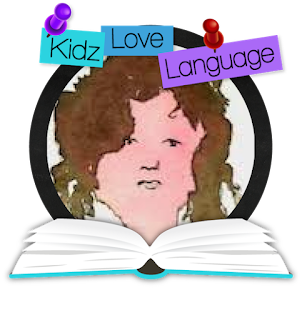In case you want to re-read them in their entirety, here are the links to each:
In the 30 Million Word Gap, I talked about some chilling statistics. The average 3 year old in a middle-class household hears about 6 million words per year. The average deaf child the same age and background (and in a signing home) sees approximately the same number of signs.
According to Von Tetzcher (1997) “the difference between their own expressive (and for some also receptive) language and the language used by significant people in their immediate surroundings” is a critical factor in the acquisition of language for AAC users.
There is an assumption in all major theories of language learning that the individual is surrounded by others in the environment using the same language system.
Even in second language learning the importance of immersion has been noted. Learners of second languages need to participate in an environment that exposes them - immerses them - in experiences with that language in order to become competent communicators.
I’ve done a number of posts about Aided Language Stimulation and Aided Input. Reminders about just how invaluable this is cannot come along too often, I think.
Being a Good Partner to a child who uses AAC is also important for all communication partners to read or hear about. We need to create a positive communication environment, remember to respond to all communication attempts, and use the AAC system to communicate TO them.
So, yes, just another variation on the theme.
And finally, I talked about presuming competence, with a quote from Buckminster Fuller, ““There is nothing in a caterpillar that tells you it’s going to be a butterfly.”
Invariably, at some point in every one of my students’ academic careers has been the question, “Are we expecting too much? Or too little?” With higher expectations we’ve seen these students succeed at tasks “we” thought they could not. We’ve discovered literacy skills in students who have, historically, not even been taught to read. We’ve discovered communication skills in students we thought would never learn beyond, perhaps, some basic requesting.
The bottom line:
“All individuals, regardless of the severity of their disability, have the basic right to ongoing instruction that will help them develop versatile communication skills.” (Geist, Erickson, et al, 2016)
I’ll see you all in the New Year. In the meantime, keep on talking.




No comments
Post a Comment